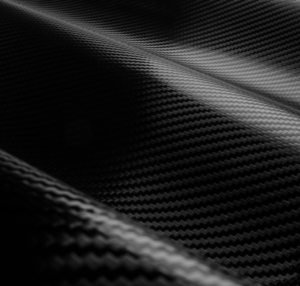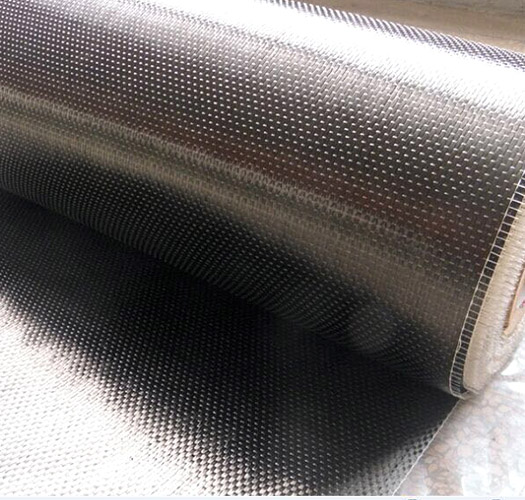Our carbon fiber is a popular material used in high-end industries, including automotive and aerospace. It is a good choice if you’re looking for maximum strength while minimizing weight.
It is an excellent material when you need strength in proportion to weight. It is very rigid and strong but remains very light. In many applications, it can replace steel, which means it is five times stronger but lighter than steel. The carbon fiber frame is incredibly lightweight and strong. The material offers the added benefit of aesthetic value and high performance. In addition, specialized carbon fibers with a high modulus of elasticity are used in particular areas such as wing spars, sailcloth, and golf clubs.

Carbon Fiber Veil is a unique nonwoven tissue composed of oriented carbon fibers. The special binder creates a protective shield that improves chemical stability and minimizes the risk of micro-cracks on the surface. Its resin-rich surface also provides conducting, anti-spark and anti-static properties and grounding to minimize the electrical build-up on composite structures.

All of the fibers run parallel to one another and are reinforced by multiple weaves. A unidirectional carbon fiber is the strongest type of material because there are no weak points along its length since all fibers run uniformly from 0 degrees up to 90 degrees in whichever direction you choose, resulting in tensile strength. It is nonwoven and features all fibers running in a single, parallel direction. With this style of fabric, there are no gaps between fibers, and those fibers lay flat.
The two main advantages of unidirectional carbon fiber are its high strength-to- weight ratio and its low thermal conductivity. These properties enable it to be used in many different applications such as aerospace/aerodynamic components (e.g., aircraft wings), sports equipment (e.g., tennis racquets), automobile parts (e.g., engine intake manifolds), and shipbuilding (e.g., hulls), construction fields and advertising panels.
